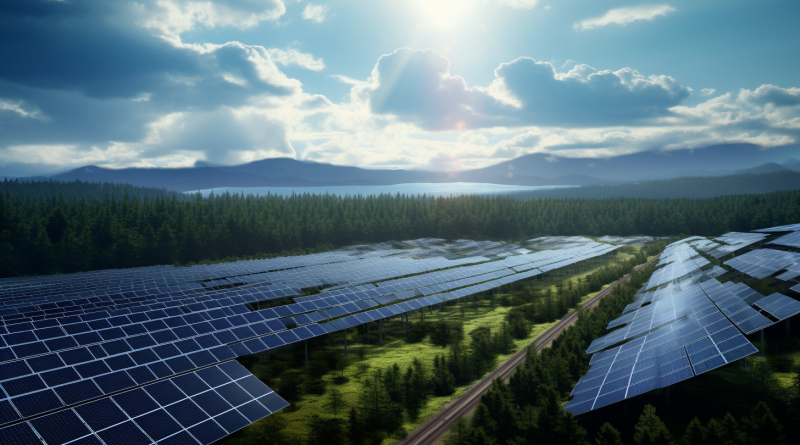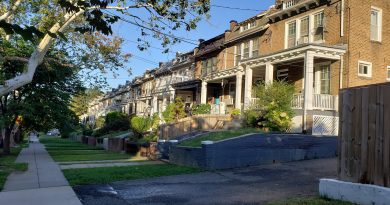Why Is So Much Farmland Suddenly Being Taken Up By Solar Power? Also, Is That Bad?
Even around the perpetually cloudy Great Lakes circuit, it’s hard to find a region that hasn’t seen an explosive growth in solar farms– that is to say, utility-scale solar power projects- in the past few years. A large part of this is a product of simple market dynamics: Solar has gotten a lot cheaper in recent years. There is a degree to which ambitious renewable portfolio standards are pushing increased adoption. But the more complex reason of why utility-scale solar specifically, why on greenfield land specifically, and the question of whether this is bad or good, is more complicated, and requires an examination of the weird forces at play in utilityworld.
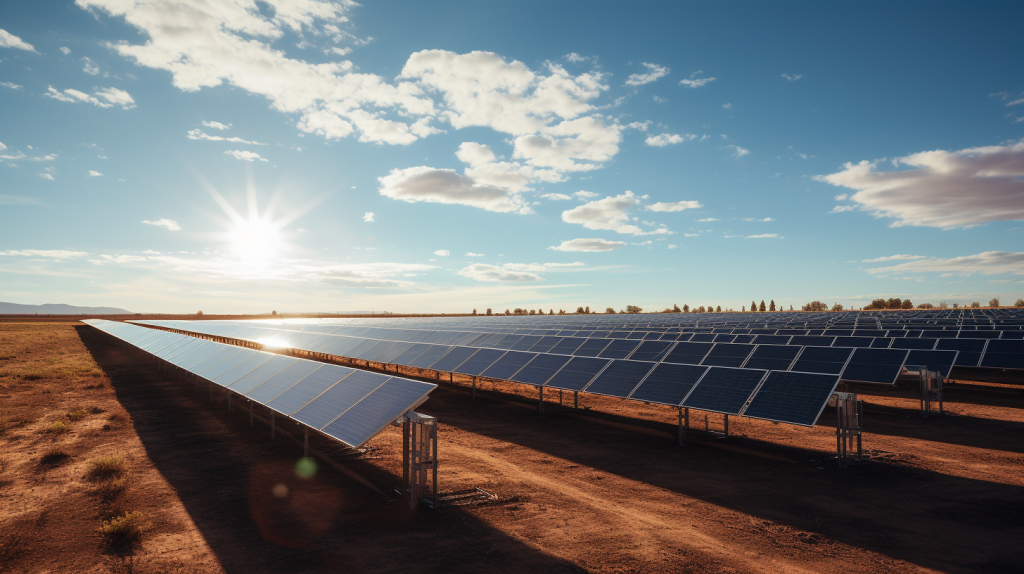
Recap: Centralization vs. Decentralization
There’s a debate that has yet to be resolved in the utility industry over whether distributed generation– that is, deriving power from decentralized sources- is better than centralized generation, in which a huge power plant generates a steady and typically somewhat more affordable supply of power. Engineers, to whom everything boils down to simple equations, always prefer the huge power plant. Policy thinkers, especially folks like me who love digging into SAIDI, CAIDI, SAIFI numbers from the EIA and friends, want to remind the engineers that decentralization reduces the risk of disaster, increases resiliency in the case of minor things that inevitably go wrong, and can actually be enormously economically empowering to local communities.
The tradeoff the engineers have developed is utility-scale solar projects. In contrast to a rooftop solar array, which might crank out something to the order of a few kilowatts, a solar farm generates hundreds of kilowatts or even multiple megawatts over multiple acres. The rooftop solar array aims to offset most or perhaps even all of a building’s solar usage, and it can often do this in many jurisdictions. The solar farm, on the other hand, basically amounts to renewable baseload generation. You just need a lot more land than you would for, say, a nuclear reactor.
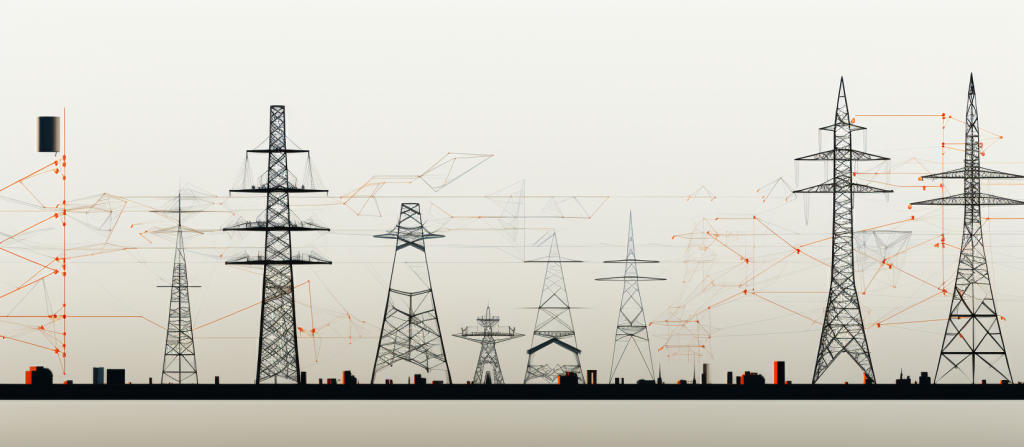
Reason 1: Rural Land Is Cheap And Relatively Unprotected
Most rural land is some combination of cropland, grazing land, or forest land. The value of cropland continues to increase in this country, constrained by a complete lack of appetite at the municipal level to regulate sprawl, and by an increasing demand from less conventional investors (themselves not farmers, but pursuing rent-seeking as investors do). The right wing media echo chamber claims that the Chinese are buying up US cropland– and this is simply not a thing– but solar farm development is very real and is occupying an increasing amount of US land each day!
So, it’s pretty easy to get a permit for one of these projects. If you can do a 1MW array for roughly the same effort to get a few dozen kilowatts in a city, you can see the appeal for the bigger project. Permitting for a renewable energy project? Try that in a small town! Oh, wait! Solar developers are trying that in small towns, and it’s producing billions of dollars of economic impact!
Speaking of the right-wing media, there’s also a growing concern among many pundits that these solar farms have massive ecological impacts. I’m as impressed as anyone to learn that the American right suddenly cares about environmental conservation, but their point should be at least addressed briefly. There are plenty of projects that are being developed with attention to things like pollinator habitat, or even providing grazing access for sheepies.
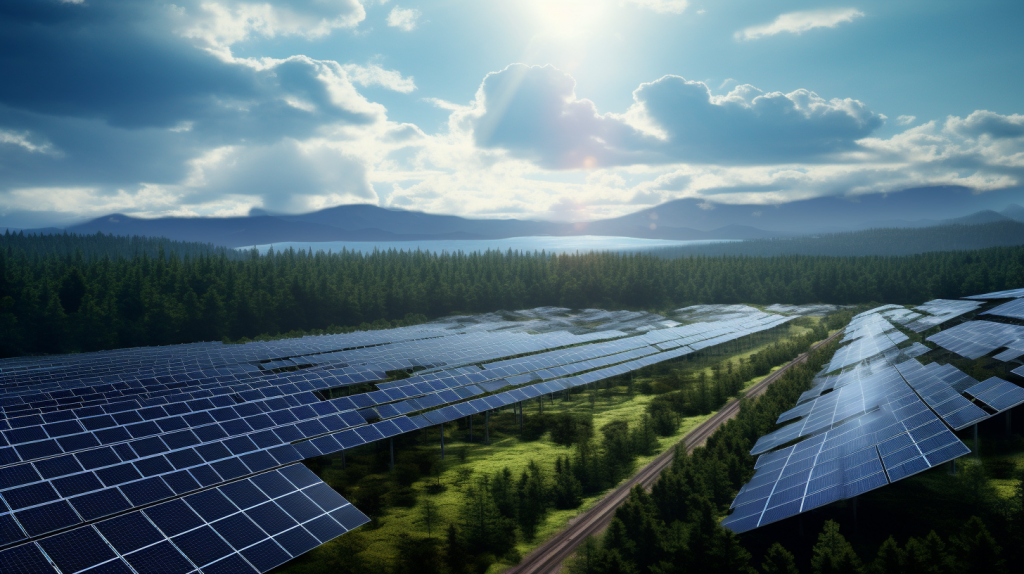
Reason 2: Large Scale Is Easier For Financing and Capacity Planning
Engineers like larger-scale because it translates to easier napkin math to replace baseload generation (n.b. “divide ‘a big power plant’ by ‘number of solar farms'”). While the risk of monolithic baseload generation was called into question in 1979 and 1986 from the respective nuclear disasters at Three Mile Island and Chernobyl, utilities in the United States mostly began starting to think about this in the 2000s, when a few things were happening: The Bush EPA deployed new rules around coal emissions, and the Obama Administration ran with that, prompting a slew of retirements of a nationwide fleet of coal plant that were mostly old and mostly dirty.
At this same time, the advent of novel hydraulic fracturing methods for oil and gas exploration were depressing the price for fossil gas, incentivizing the construction of peaker plants that can rapidly adjust to grid demands. Finally, solar and wind were receiving broader adoption during this period, encouraged by at least a sleepy recognition by many US policymakers that something maybe needs to be done about this whole climate change thing at some point.
But solar farms didn’t take off until the past decade, and this is mostly when utilities started to get very interested– through PPAs with third parties if not directly through actual in-house development. Renewable portfolio standards, ESG giving preferential access to “green” capital, and more. With a few exceptions, most utility companies aren’t interested in spending billions of dollars on a risky baseload generating plant if they can invest less money in more capacity for renewables. It’s not perfect, because a grid that is wholly dependent upon solar and wind can’t handle evening peaks, but we’ve got our best people working on that one, too.
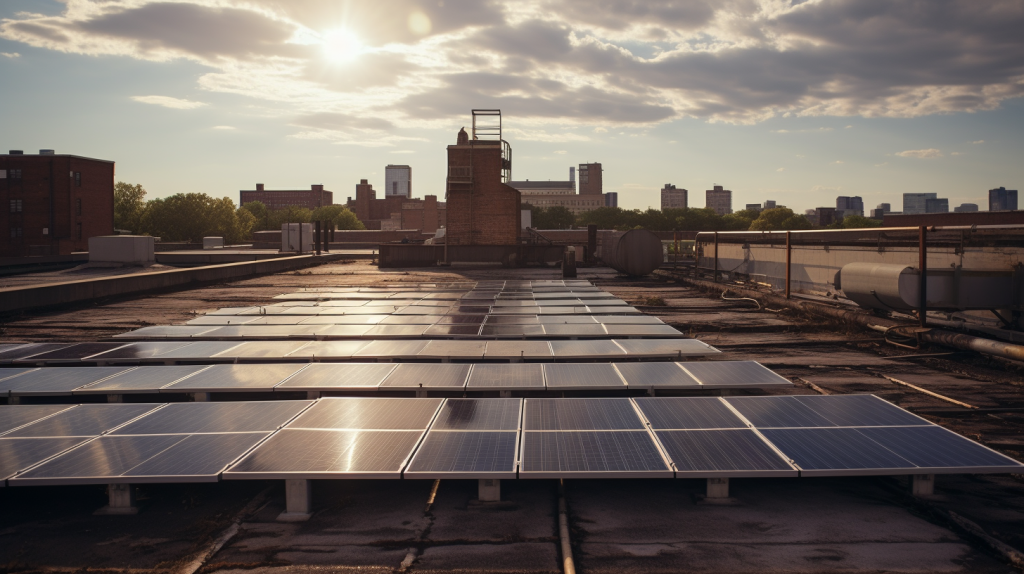
Reason 3: Rooftop Solar Is Complicated To Scale.
In addition to everything mentioned above, scale is the biggest problem with distributed energy resources (DERs). I just read, for example, that in the city of San Francisco, the average multifamily construction permit takes almost two years to get approved. If permitting can’t help a developer or utility company to start a small-scale DER project in a few weeks, that seems problematic to me. The other thing is that, absent some sort of feed-in-tariff or similar, there’s no economy of scale with smaller-scale projects.
The benefit to the individual consumer of rooftop solar is apparent in two areas: first, jurisdictions that lack reliable power grids– regions of the country like Southeast Michigan, the rest of Michigan, and, like, such as. And second, any area in which something like rooftop solar can offset high utility costs. Utilities took advantage of inflationary pressures in the US economy over the past couple of years. While the short-term result will be to gouge consumers, the long-term result may actually incentivize more people to go solar! Of course, this is on an individual basis, and without easier permitting or access to capital (or, heaven forbid, state mandates to achieve any of these things), it’s going to be very piecemeal for quite awhile.
Policy Fixes: Incentives, Permitting, Capital, and Ecology!
I would be surprised if the current fleet of solar farms in this country were indeed a “forever” thing, as I’d also be surprised if we don’t figure out how to deploy DERs pretty much universally in the next decade. The conversation has gotten quite lively in Detroit, where a large percentage of the populace in Southeast Michigan is fed up with our local public utility company making billions of dollars in profits while delivering some of the worst reliability metrics of a major utility. There’s discussion of everything ranging from a municipal takeover of local distribution systems to even Dig Once policies!
Jurisdictions should consider things like feed-in tariffs and favorable net metering regulations that will incentivize the development of smaller-scale setups for rooftop PV. Municipalities should also encourage expedited permitting for smaller projects. Enhanced capital access could certainly incentivize smaller-scale projects, and this can come with a substantial equity component as well for things like community solar projects. It’s not actually that difficult: After all, most of PV development is really just a matter of getting panels installed on the site and wiring it all together.
But absent some better mechanisms to help focus the market on scaling smaller projects, we will continue to see large-scale PV development. As municipalities make permitting easier, they should also be focusing on how to mitigate potential environmental impact from the development of these sites. Some environmental economists might actually argue that a solar farm is unequivocally superior to farmland because less farmland means higher prices for crops while using fewer resources to grow crops (this is a huge issue in an industrialized agronomic system), but this is perhaps a secondary conversation to the value of the aforementioned ideas about creating pollinator habitat or using solar farms for grazing land.

